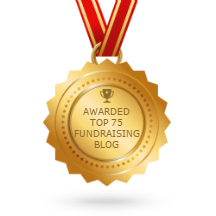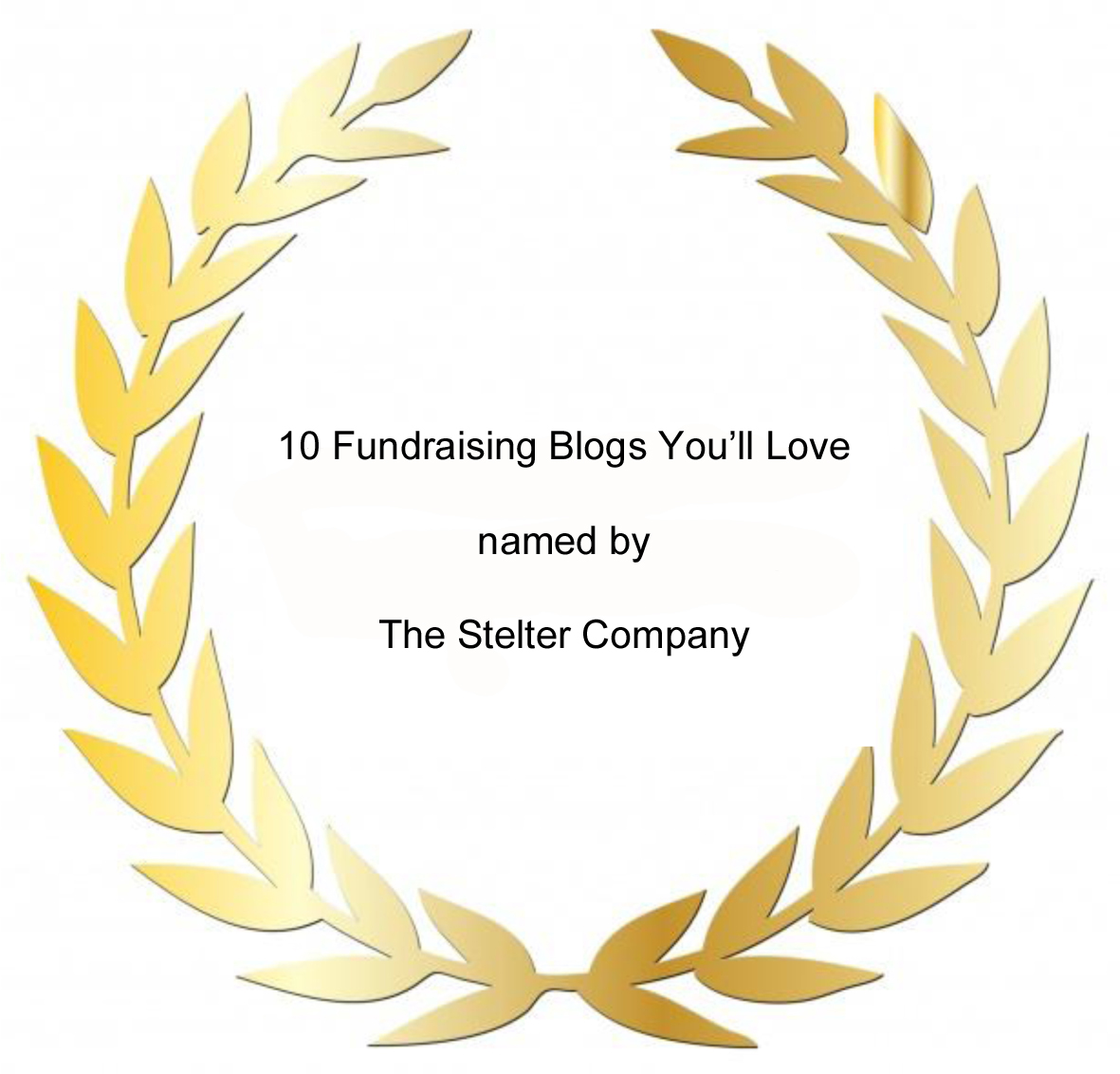There is a funding source that donated $12.5 billion to charities last year. Sadly, most nonprofit organizations ignore this massive opportunity for support with only 23 percent saying they are “very familiar” with how this funding source works, according to a report from Vanguard Charitable.
I’m speaking of Donor Advised Funds.
 Donors create a DAF by opening an account with charitable organization equipped to manage it. Donors then make irrevocable donations of cash or appreciated assets to their DAF account to receive current year tax benefits and deductions. Donors can choose how their contributions are invested creating the potential for tax-free growth that can fund larger charitable grants. Donors “advise” when and how much to grant and to which organizations.
Donors create a DAF by opening an account with charitable organization equipped to manage it. Donors then make irrevocable donations of cash or appreciated assets to their DAF account to receive current year tax benefits and deductions. Donors can choose how their contributions are invested creating the potential for tax-free growth that can fund larger charitable grants. Donors “advise” when and how much to grant and to which organizations.
Unfortunately, many fundraising professionals overlook DAFs. They think DAF donations will either automatically come in or won’t. Some fundraising professionals simply complain about how much money is going into DAFs rather than to charities.
I think there are five myths about DAFs that we need to debunk before we review how you can secure DAF grants for your charity:
Myth 1: DAFs don’t generate enough total contributions to deserve attention.
In 2014, DAFs contributed $12.5 billion to charities, a 27 percent increase over 2013, according to a report issued by The National Philanthropic Trust. That’s 3.5 percent of all charitable giving in 2014!
Myth 2: DAFs might give a lot of money, but there are not that many of them.
The reality is that 238,293 DAF accounts existed in 2014. While some donors have created multiple accounts, the number of DAF donors is nevertheless large and growing. To put this into some perspective, there were just 107,000 Charitable Trusts created in 2014.
Myth 3: The average DAF does not contribute very much money.
The average size of each DAF account grew from $260,626 in 2013 to $296,701 in 2014. DAFs had a payout rate of 21.9 percent. This is much higher than the five percent payout rate required of private foundations.
Vanguard Charitable, one of the largest DAF managers, reports accounts valued at $100,000 or more granted an average of $13,841 while accounts valued at less than $100,000 granted an average of $3,422.
Fidelity Charitable, the country’s largest DAF manager, reports its average DAF account granted $4,138 and the average account made 8.3 grants in 2014.
Myth 4: DAF granters prefer to remain anonymous.
Vanguard Charitable reports that 95 percent of its grantmakers share their name with the charities they support. Schwab Charitable, another large DAF management organization, says that 97 percent of its grantmakers share their name. Fidelity Charitable reports that 92 percent of its grantmakers provide information for nonprofit acknowledgment. This means that charities are able to continue to cultivate and steward these donors.
Myth 5: DAFs can be ignored as a passing fad.
DAFs have been around for 84 years. Following the creation of the Fidelity Charitable Gift Fund in 1991, DAFs really began to gain popularity. In 2014, DAFs held $70.7 billion in assets, an increase of nearly 24 percent compared with the previous year. DAFs are not a fad; they are a growing form of philanthropy for those interested in endowed giving but who do not have the resources or interest in establishing a private foundation.
So, what can you do to dive into the DAF pool? Here are six tips:
1. Talk with your donors. When you communicate with your donors, particularly your major donors, ask them if they’ve established a DAF. However, you can ask all of your donors if they have a DAF account by providing a checkbox on your gift forms and/or asking the question in a donor survey.
2. Let donors know that your organization accepts DAF grants. Don’t assume that your donors know this. Instead, make sure they understand that your organization accepts and welcomes DAF grants.
3. Include a DAF-giving checkbox on your gift forms. While you can simply ask if the donor has a DAF account, you can also give donors the option to make a gift commitment via your gift form. Notice I said “commitment” rather than “pledge.” That’s because DAFs cannot technically be used to satisfy pledges.
4. Include a DAF widget on your website. You can find an example of a DAF widget in use at the International Planned Parenthood Federation / Western Hemisphere website. For information about how to get the DAF Direct widget for your organization’s website, click here. The DAF Direct widget makes it easy for donors to make a DAF gift via your website from their account at Fidelity Charitable, the Greater Kansas City Community Foundation, or Schwab Charitable.
5. Publish a story about a DAF donor in your newsletter. This is a great way to recognize a donor while letting others know that your organization seeks DAF grants. The article can also educate donors about how a DAF works. Don’t assume that just because someone has created a DAF that they fully understand how the grantmaking process works.
6. Appeal to your donors. Either as part of a regular funding appeal or as a standalone direct mail appeal, you can ask your donors to provide a grant from their DAF account should they happen to have one. If you know which of your donors have a DAF account, you can approach them with a specially targeted appeal.
Here are some interesting resources to help you learn more about DAFs:
Reports:
2015 Donor Advised Fund Report by The National Philanthropic Trust
2015 Giving Report by Fidelity Charitable
An Inside Look by Vanguard Charitable
Discerning the True Policy Debate Over Donor Advised Funds by The Urban Institute
Schwab Charitable Annual Giving Report 2015
Articles:
“Donor Advised Funds” — resources from the Council on Foundations
“Donor-Advised Funds” — Internal Revenue Service
“Donor Advised Funds: 8 Things Fundraisers Should Know” — bloomerang
“Donor-Advised Funds Continue Rapid Growth” — The Chronicle of Philanthropy
So, what are you doing to secure DAF grants for your organization?
That’s what Michael Rosen says… What do you say?








